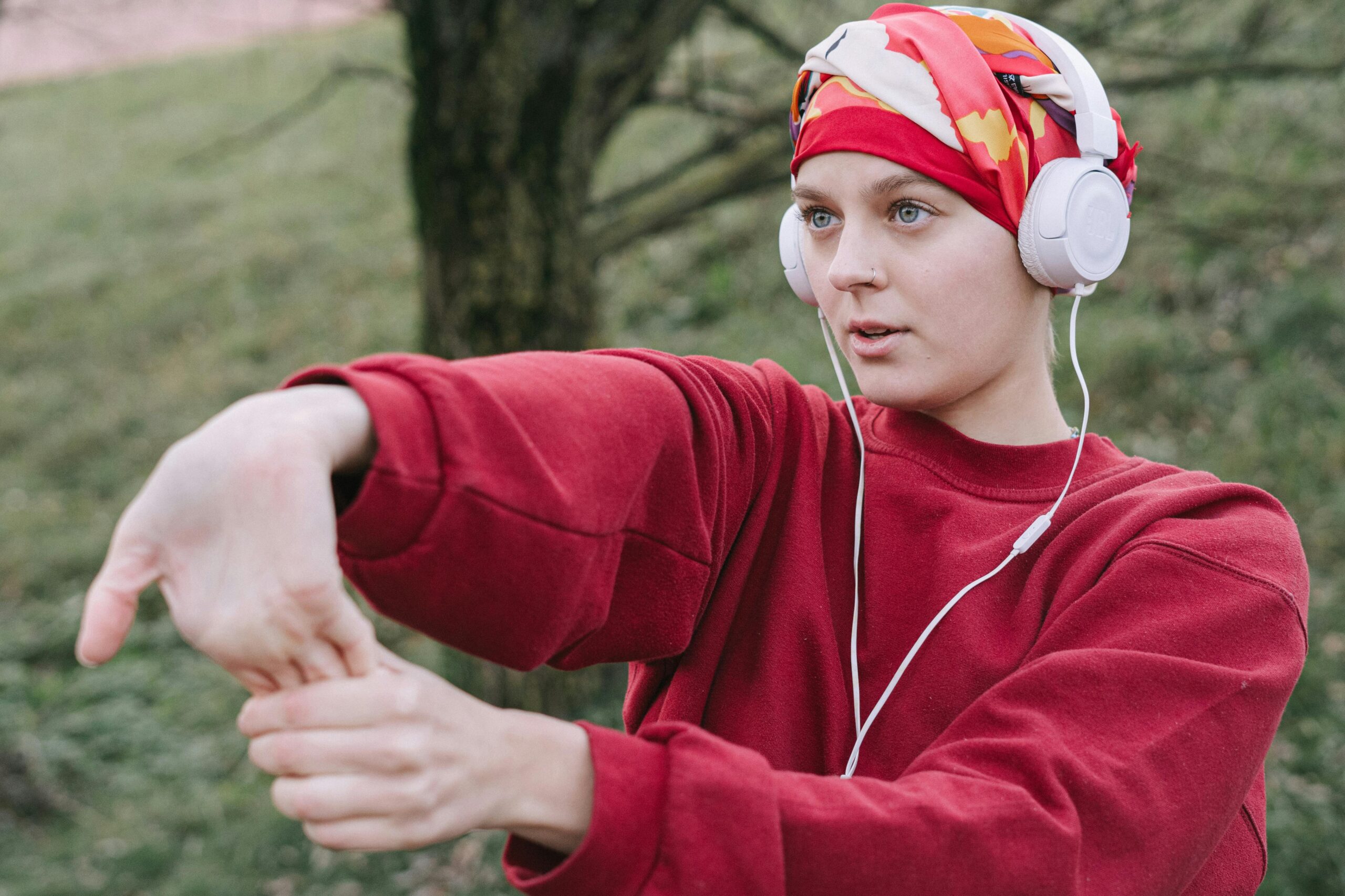Introduction: For cancer survivors, incorporating physical activity into their routine is not just about staying fit – it’s a vital aspect of their recovery journey. From reducing the risk of cancer recurrence to improving overall well-being, staying active plays a crucial role in post-treatment care. Here are some expert tips to help survivors embrace a healthier lifestyle and thrive after cancer.
- Stay Active, Avoid Inactivity: The importance of staying active cannot be overstated. Even small bouts of activity throughout the day can make a significant difference in overall health and well-being. Combat inactivity by incorporating movement into your daily routine and minimizing prolonged periods of sitting.
- Be Consistently Active: Strive to meet the recommended guidelines of at least 150 minutes of moderate activity or 75 minutes of vigorous activity each week. Whether it’s walking, cycling, swimming, or gardening, find activities you enjoy and aim to spread them out over the week for optimal benefits.
- Embrace Strength Training: Incorporate strength training exercises into your routine at least two days a week. Whether it’s lifting weights, using resistance bands, or practicing bodyweight exercises, strength training helps build muscle, improve bone density, and enhance overall strength and mobility.
- Opt for Shorter Sessions: If time or energy is limited, don’t be discouraged. Short bouts of exercise, even as brief as 10 minutes, can still yield significant health benefits. Break up your physical activity into manageable segments throughout the day to stay active and energized.
- Start Slow, Progress Gradually: For those new to exercise or recovering from cancer treatment, it’s essential to start slow and gradually increase the intensity and duration of physical activity. Listen to your body, pace yourself, and celebrate small victories along the way.
Components of an Effective Exercise Program:
- Relaxation Breathing: Incorporate relaxation breathing exercises into your routine to reduce stress and promote relaxation. Focus on slow, deep breaths to calm the mind and enhance overall well-being during recovery.
- Aerobic Exercise: Engage in aerobic activities such as walking, cycling, or swimming to elevate your heart rate and improve cardiovascular health. Start with manageable durations and gradually increase intensity as you build strength and endurance.
- Stretching: Prioritize regular stretching exercises to improve flexibility, posture, and range of motion. Daily stretching sessions, especially for older individuals, can help maintain mobility and prevent stiffness.
- Strength Training: Include strength training exercises to enhance balance, posture, and overall strength. Strengthening your muscles not only aids in physical recovery but also boosts confidence and improves quality of life post-treatment.
Conclusion: By prioritizing physical activity and incorporating these expert tips into their routine, cancer survivors can embark on a journey of healing, resilience, and renewed vitality. Whether through aerobic exercise, strength training, or relaxation techniques, staying active empowers survivors to reclaim their health and embrace life to the fullest.
